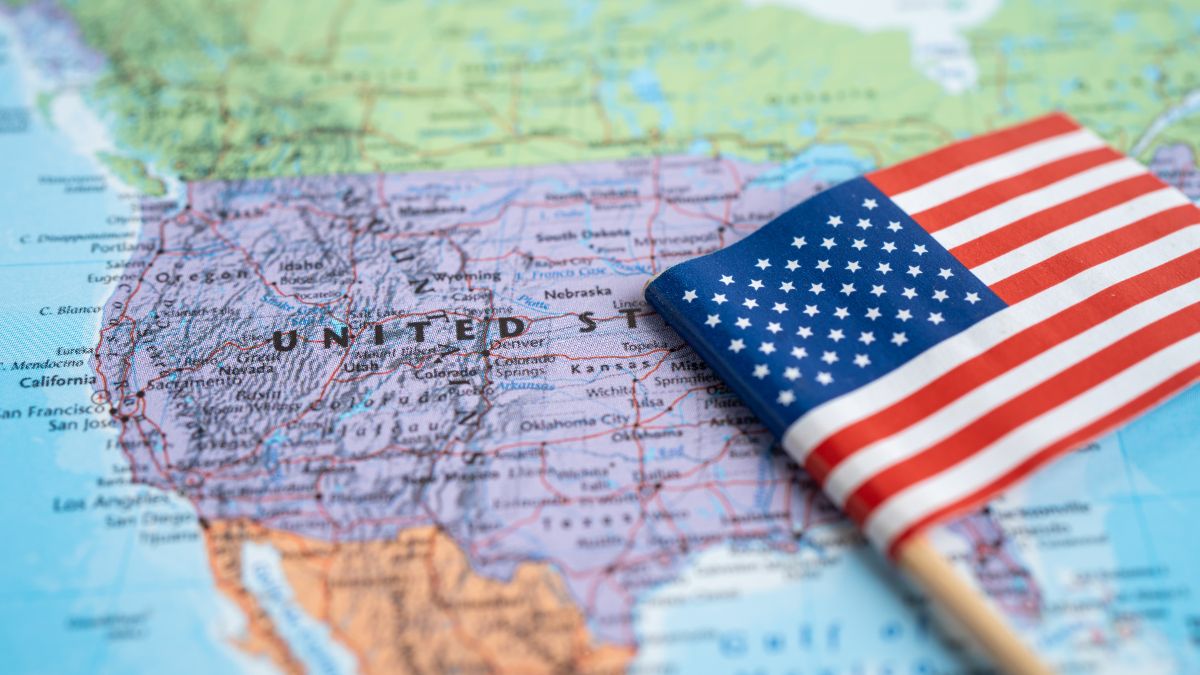
The tariffs driven by Donald Trump will profoundly transform e-commerce in the United States. Statista’s most recent report highlights that every stage of the process —from supplier sourcing to the consumer’s shopping experience— will need to adapt to face the effects of tariffs. The magnitude of the economic impact is striking: the market could lose up to $320 billion in value by 2029, a figure that underscores the level of risk brands face if they do not redesign their strategies.
READ ALSO: Walmart reports 2025 financial results: What impact did Trump’s tariffs have?
How can sourcing be adjusted to reduce the impact of tariffs?
The first step to operate in a high-tariff environment is to reconfigure the supply strategy. According to Statista, 44% of Amazon sellers and 45% of D2C brands are already considering shifting production outside of China. The most frequently mentioned options include:
- Nearshoring to Mexico and Canada to take advantage of trade agreements like USMCA.
- Diversification of suppliers in Latin America, Eastern Europe, and Southeast Asia.
- Evaluating partial assembly in the U.S. to classify products as “Made in USA” and reduce tariff burdens.
In categories like fashion, where the average tariff would rise to 12.55%, this decision is critical to sustain margins.
What logistics strategies help overcome the effects of tariffs?
Statista’s dossier identifies five major operational “pain points” in a high-tariff scenario, three of which directly affect logistics:
- Inventory management (47% of companies consider it a challenge).
- Customs processes that are slower and more expensive (45%).
- Dependence on local 3PL operators in strategic markets (42%).
To mitigate the impact, brands can:
- Maintain buffer inventory in warehouses near the border.
- Optimize packaging and cubic volume to reduce customs costs.
- Integrate traceability and compliance systems to speed up customs clearance.
How to define a pricing policy in e-commerce with high tariffs?
Price elasticity is limited: 44% of consumers accept paying up to 5% more, while 32% tolerate no increase at all. In this context, Statista recommends:
- Implementing dynamic pricing that responds to cost and demand fluctuations.
- Offering bundles and value packs to justify spending.
- Scheduling strategic promotions during events like Prime Day, where 36% of shoppers expect bigger discounts and 32% stock up.
Why will compliance be key to selling in the U.S. under high tariffs?
With Donald Trump’s policies, compliance will become more demanding. A 45% of companies identify it as a critical challenge. This implies:
- Verifying certificates of origin and quality standards.
- Updating labels and import documentation.
- Adapting products to category-specific regulations (textiles, electronics, food).
Companies that invest in document management technology and compliance automation will be better prepared to avoid delays and penalties.
How to optimize the checkout experience for a more price-sensitive consumer?
The shift in shopping habits is evident. According to the study:
- Preference for Made in USA products is increasing.
- Advance purchases are on the rise to avoid price hikes.
- Consumers are becoming more selective and compare more before paying.
To convert in this new context, e-commerce brands should:
- Clearly display the origin and benefits of the product.
- Offer flexible payment options (BNPL, installment plans).
- Highlight savings and promotions on the checkout page.
- Reduce shipping costs or include them in the price to prevent cart abandonment.
Selling under high tariffs requires a comprehensive plan
The effects of tariffs are not limited to making goods more expensive; they transform the entire e-commerce operation, from sourcing to checkout. Brands that want to compete in the U.S. market under Donald Trump’s policies will need to:
- Redesign their supply chain.
- Invest in agile logistics and regulatory compliance.
- Adapt their pricing strategy.
- Improve the shopping experience for a more demanding customer.
In this “tariff storm,” resilience and adaptability will be the most valuable tools to stay in the game.










